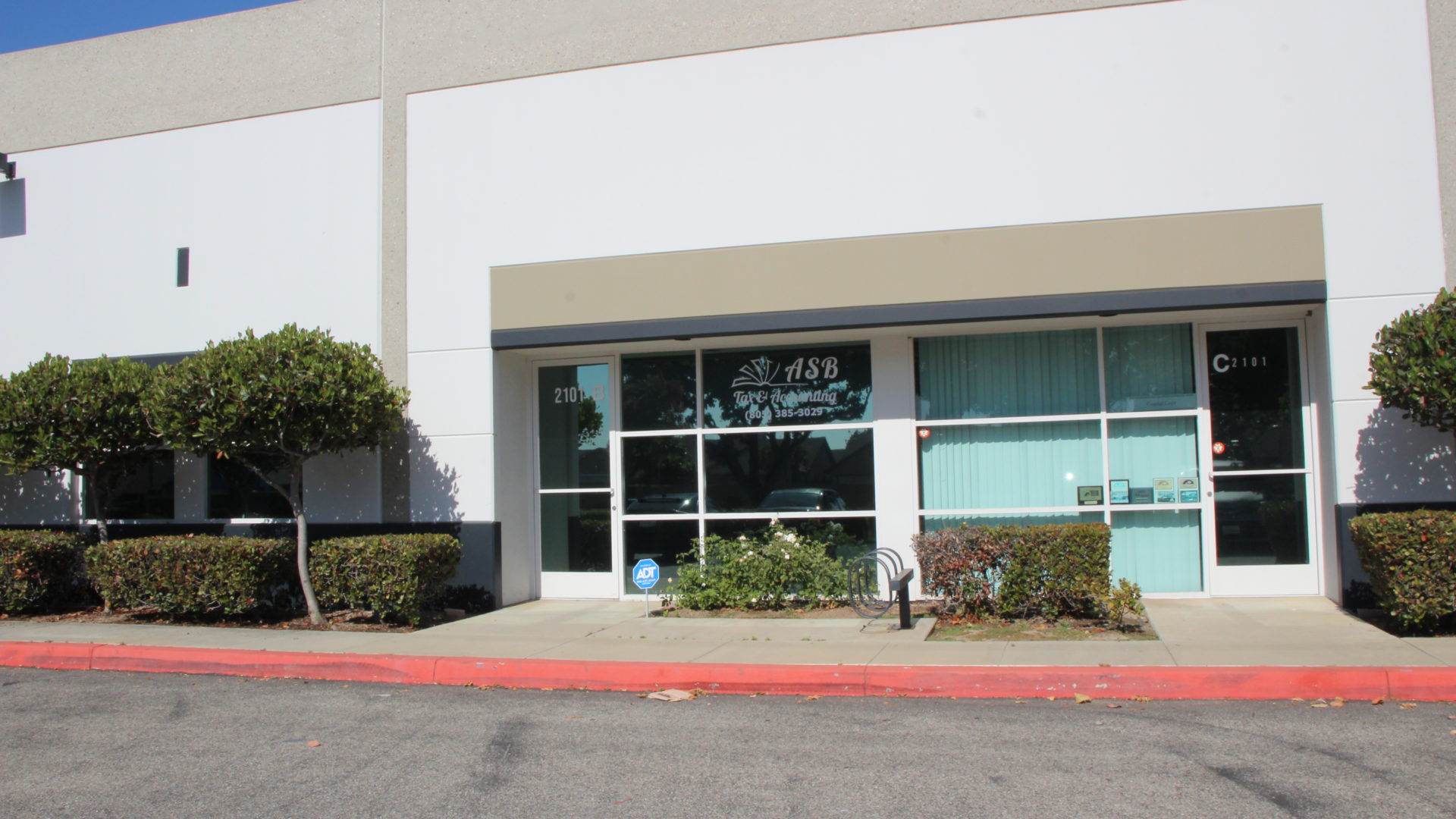Strategies to optimize your investments at the beginning of the year
The start of a new year is the perfect time to review and optimize your investments . With the economic landscape always changing, it is crucial to ensure that your investment strategy is aligned with your long-term goals. Optimizing your investments at the start of the year will not only allow you to maximize your profits, but also reduce risks and better adapt to new opportunities that may arise. Below are some key strategies to achieve this.
The first strategy to optimize your investments at the beginning of the year is to review your current investment portfolio. It is advisable to do a thorough analysis of the assets you are investing in, such as stocks, bonds, real estate or mutual funds, and evaluate their performance in the previous year. Identify the assets that have not delivered the expected results or that no longer align with your financial goals. This is a good time to sell or readjust your positions, so that you can free up capital to invest in options with greater growth potential.
A second key strategy is to diversify your investment portfolio. If your current investments are concentrated in a single asset class or sector, you may be taking on unnecessary risk. Diversification allows you to spread your risk by investing in different asset classes and sectors. This will help protect your portfolio from drastic market fluctuations, since if one asset does not perform well, the others can compensate for those losses. Diversification not only refers to different asset classes, but also to geographies and currencies, giving you greater stability in the face of global economic changes.
Taking advantage of the tax advantages of certain investment vehicles is another important strategy. Some financial instruments, such as retirement savings accounts (IRAs, 401(k)s), tax-advantaged mutual funds, or educational savings plans, offer tax incentives that can help you optimize your investments and reduce your tax burden. At the beginning of the year, review the maximum contributions allowed to these plans and make the necessary contributions to take advantage of these tax benefits.
A key strategy to optimize your investments at the start of the year is to conduct an assessment of your risk tolerance. As the years go by, your financial goals and risk profile may change. If you are closer to retirement or have reached certain financial goals, you might opt for a more conservative strategy. On the other hand, if you are young and have a greater capacity to take risks, you might consider increasing the proportion of your investments in higher-yielding assets, such as technology stocks or cryptocurrencies. Reviewing your risk tolerance will help you make more informed decisions about asset allocation.
It’s also crucial to maintain a long-term focus. Many people tend to react impulsively to market fluctuations, selling or buying in moments of panic or euphoria. However, the key to optimizing your investments is patience and consistency. If your portfolio is well diversified and fits your risk profile, it’s important to stay calm during market ups and downs. Over time, cumulative returns usually outweigh short-term fluctuations.
Finally, consider consulting with a financial advisor. An investment expert can help you create a customized strategy that fits your financial goals. An advisor can also offer insights into new investment opportunities or tax strategies you may not have considered. While there are costs associated with financial advisors, the value they bring can be significant, especially when making complex decisions or when looking to optimize your investment returns over the long term.
In summary, strategies to optimize your investments at the beginning of the year should include a complete review of your portfolio, diversifying assets, taking advantage of tax benefits, evaluating your risk tolerance and maintaining a long-term perspective. Taking the time to make these adjustments and consulting with a financial advisor if necessary can make a difference in the performance of your investments during the year.

